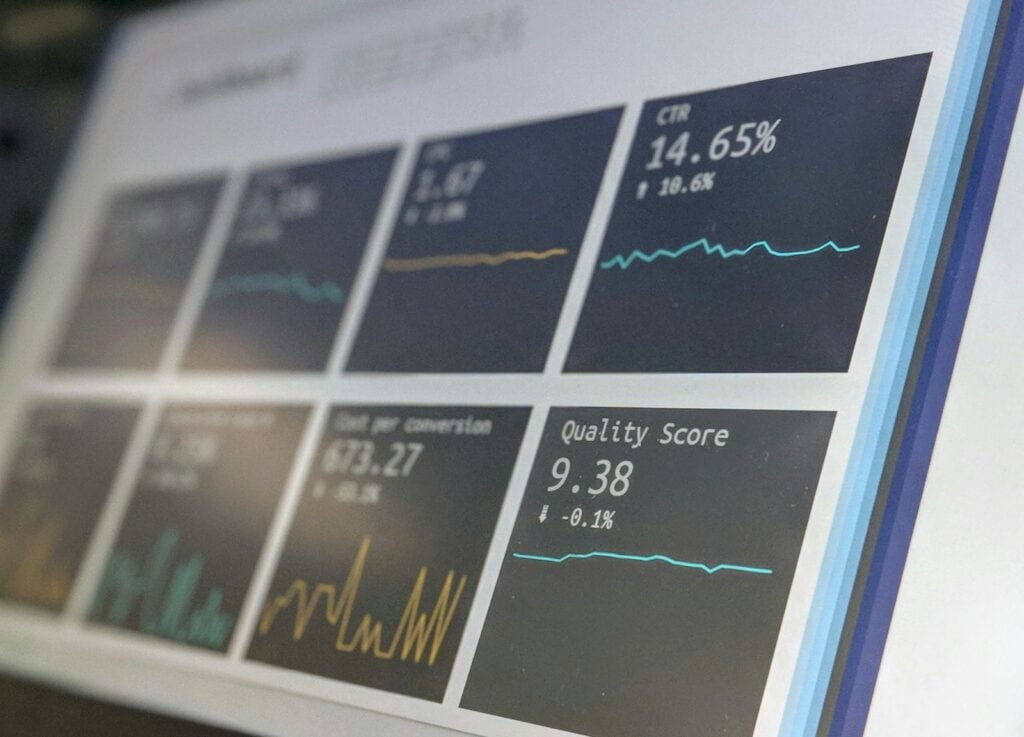Get Expert Investment Financing
- Matched with investor-friendly lenders
- Fast pre-approvals-no W2s required
- Financing options fro rentals, BRRRR, STRs
- Scale your portfolio with confidence
Educational Content | Not Financial Advice | Connect with Licensed Professionals
Self-employed investors face unique challenges when managing their tax obligations, but they also have access to powerful deduction strategies that can significantly reduce their tax burden. In 2024, self-employed individuals can deduct half of their self-employment tax alone, potentially saving over $1,000 annually just from this single strategy. With the right approach to tax planning and financing strategies, self-employed investors can optimize their cash flow while building wealth through strategic deductions.
The average self-employed individual who fully leverages available tax deductions saves several thousand dollars annually on federal income taxes. With self-employment tax rates at 15.3% and numerous deduction opportunities available, understanding these strategies becomes crucial for investment success and financial optimization.
The 2024 tax landscape offers substantial opportunities for self-employed investors willing to implement strategic deduction planning. Recent changes in tax legislation have maintained favorable deduction limits while expanding certain categories of eligible expenses.
Key Statistics and Trends:
The current environment particularly benefits investors who maintain detailed records and understand the intersection between business expenses and investment activities. Market trends show increased scrutiny from tax authorities, making proper documentation more critical than ever.
The most immediate tax benefit available to self-employed investors is the self-employment tax deduction. You can deduct half of your self-employment tax as an above-the-line adjustment on Form 1040. For example, if you pay $12,240 in self-employment tax, you can deduct $6,120, typically reducing your overall tax bill by more than $1,000.
Self-employed investors can deduct 100% of health insurance premiums paid for themselves, their spouse, and dependents, provided they’re not eligible for an employer-sponsored plan. This deduction is reported on Schedule 1 of Form 1040 and represents a significant tax-saving opportunity.
Long-term care insurance also qualifies for deduction with age-based limits:
Self-employed investors have access to powerful retirement savings vehicles that provide both tax deductions and long-term wealth building:
SEP IRA Contributions: Contribute up to 25% of net earnings from self-employment, with a maximum of $66,000 in 2024. This strategy provides immediate tax deductions while building retirement wealth.
Solo 401(k) Plans: Combine employee deferrals up to $23,000 (plus $7,500 catch-up for those 50+) with employer contributions up to 25% of compensation, potentially reaching $66,000 in total contributions.
Strategic classification of business expenses can dramatically reduce taxable income. Key deductible categories include:
| Expense Category | Deduction Method | 2024 Limits |
|---|---|---|
| Equipment | Section 179 | $1,220,000 |
| Home Office | Percentage of home | Proportional |
| Vehicle | Mileage or actual | IRS standard rate |
| Health Insurance | Direct deduction | 100% of premiums |
Self-employed investors face unique challenges in traditional lending, but alternative financing strategies have evolved to address these obstacles while providing tax advantages.
DSCR loans focus on property income rather than personal income verification, making them ideal for self-employed investors. These loans typically require:
The approval process emphasizes rental income potential, allowing self-employed investors to qualify based on property cash flow rather than traditional income documentation.
Bank statement loans provide an alternative underwriting approach using 12-24 months of bank statements to verify income. Key features include:
Asset-based lending focuses on property value and liquid assets rather than income verification:
1. Organize Financial Records
Establish separate business bank accounts and credit cards to clearly distinguish business expenses from personal costs. Maintain detailed records of all transactions, including receipts, invoices, and bank statements.
2. Choose Optimal Business Structure
Consider whether operating as a sole proprietorship, LLC, or S-Corporation best serves your tax optimization goals. Each structure offers different deduction opportunities and tax implications.
3. Implement Quarterly Tax Planning
Make estimated quarterly tax payments to avoid underpayment penalties while managing cash flow. Regular planning sessions help identify emerging deduction opportunities throughout the year.
4. Document Everything
Maintain comprehensive documentation for all deductions, including:
Track these key performance indicators to measure your tax strategy effectiveness:
Proper documentation serves as the foundation for successful tax deduction strategies. The IRS requires substantiation for all business deductions, making record-keeping critical for self-employed investors.
Essential Documentation Includes:
Required Tax Forms:
Maintain all documentation for at least seven years to comply with IRS audit requirements. Digital storage systems with backup capabilities provide secure, organized record-keeping solutions.
The self-employment tax deduction (50% of SE tax), health insurance premiums (100% deductible), and retirement contributions (up to $66,000 for SEP IRAs) typically provide the largest tax savings for most self-employed investors.
Yes, you can deduct home office expenses if you use a dedicated space regularly and exclusively for your investment business. Calculate the percentage of your home used for business and apply that percentage to eligible home expenses.
Interest paid on investment property loans is generally deductible as a business expense. Alternative financing options like DSCR loans or bank statement loans don’t change the deductibility of interest payments, but they may offer better qualification opportunities for self-employed investors.
This article is for educational purposes only and does not constitute financial, legal, or investment advice. Mortgage rates, terms, and requirements vary by lender and individual circumstances. Always consult with qualified, licensed mortgage professionals before making financial decisions. REInvestorGuide.com may receive compensation from featured lenders and service providers.
Our advise is based on experience in the mortgage industry and we are dedicated to helping you achieve your goal of owning a home. We may receive compensation from partner banks when you view mortgage rates listed on our website.

